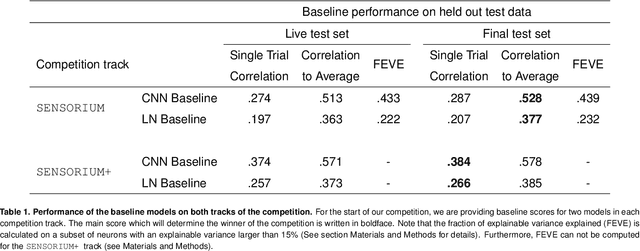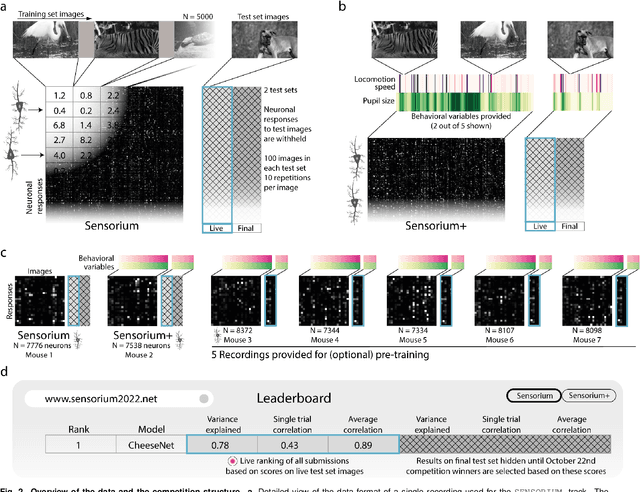Mohammad Bashiri
International Max Planck Research School for Intelligent Systems, University of Tuebingen, Germany, Institute for Bioinformatics and Medical Informatics, University of Tuebingen, Germany, Institute of Computer Science and Campus Institute Data Science, University of Goettingen, Germany
Multi-hypothesis 3D human pose estimation metrics favor miscalibrated distributions
Oct 20, 2022



Abstract:Due to depth ambiguities and occlusions, lifting 2D poses to 3D is a highly ill-posed problem. Well-calibrated distributions of possible poses can make these ambiguities explicit and preserve the resulting uncertainty for downstream tasks. This study shows that previous attempts, which account for these ambiguities via multiple hypotheses generation, produce miscalibrated distributions. We identify that miscalibration can be attributed to the use of sample-based metrics such as minMPJPE. In a series of simulations, we show that minimizing minMPJPE, as commonly done, should converge to the correct mean prediction. However, it fails to correctly capture the uncertainty, thus resulting in a miscalibrated distribution. To mitigate this problem, we propose an accurate and well-calibrated model called Conditional Graph Normalizing Flow (cGNFs). Our model is structured such that a single cGNF can estimate both conditional and marginal densities within the same model - effectively solving a zero-shot density estimation problem. We evaluate cGNF on the Human~3.6M dataset and show that cGNF provides a well-calibrated distribution estimate while being close to state-of-the-art in terms of overall minMPJPE. Furthermore, cGNF outperforms previous methods on occluded joints while it remains well-calibrated.
The Sensorium competition on predicting large-scale mouse primary visual cortex activity
Jun 17, 2022


Abstract:The neural underpinning of the biological visual system is challenging to study experimentally, in particular as the neuronal activity becomes increasingly nonlinear with respect to visual input. Artificial neural networks (ANNs) can serve a variety of goals for improving our understanding of this complex system, not only serving as predictive digital twins of sensory cortex for novel hypothesis generation in silico, but also incorporating bio-inspired architectural motifs to progressively bridge the gap between biological and machine vision. The mouse has recently emerged as a popular model system to study visual information processing, but no standardized large-scale benchmark to identify state-of-the-art models of the mouse visual system has been established. To fill this gap, we propose the Sensorium benchmark competition. We collected a large-scale dataset from mouse primary visual cortex containing the responses of more than 28,000 neurons across seven mice stimulated with thousands of natural images, together with simultaneous behavioral measurements that include running speed, pupil dilation, and eye movements. The benchmark challenge will rank models based on predictive performance for neuronal responses on a held-out test set, and includes two tracks for model input limited to either stimulus only (Sensorium) or stimulus plus behavior (Sensorium+). We provide a starting kit to lower the barrier for entry, including tutorials, pre-trained baseline models, and APIs with one line commands for data loading and submission. We would like to see this as a starting point for regular challenges and data releases, and as a standard tool for measuring progress in large-scale neural system identification models of the mouse visual system and beyond.
 Add to Chrome
Add to Chrome Add to Firefox
Add to Firefox Add to Edge
Add to Edge